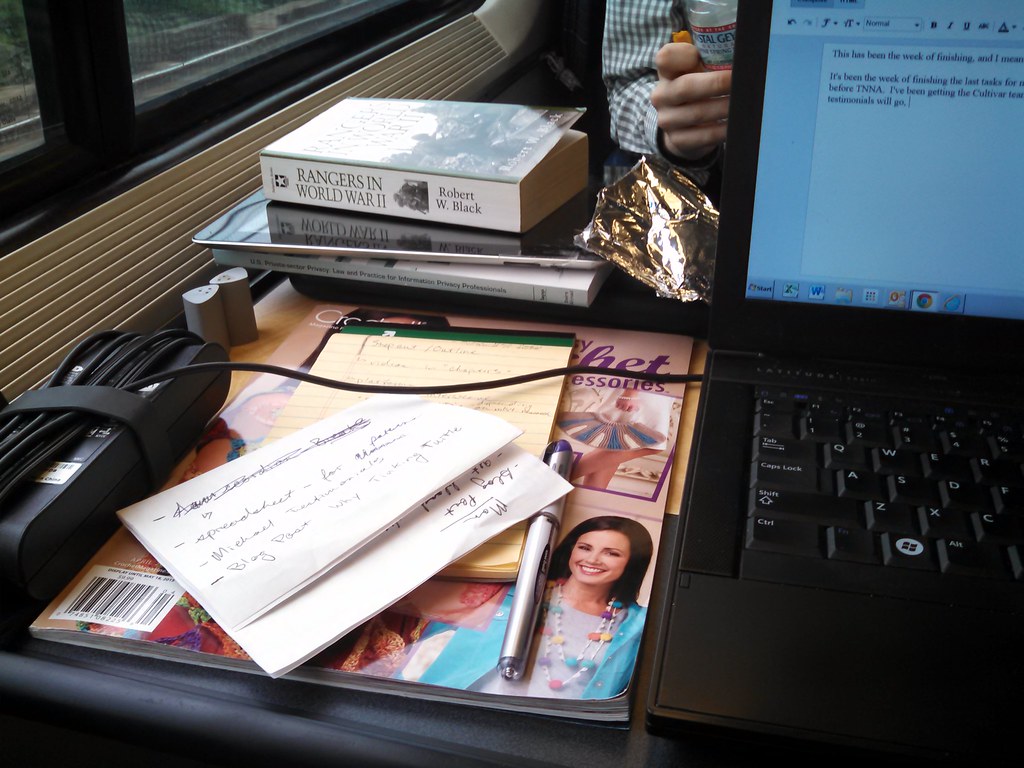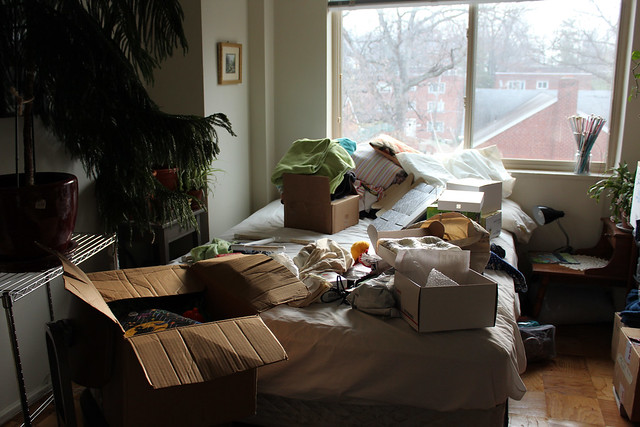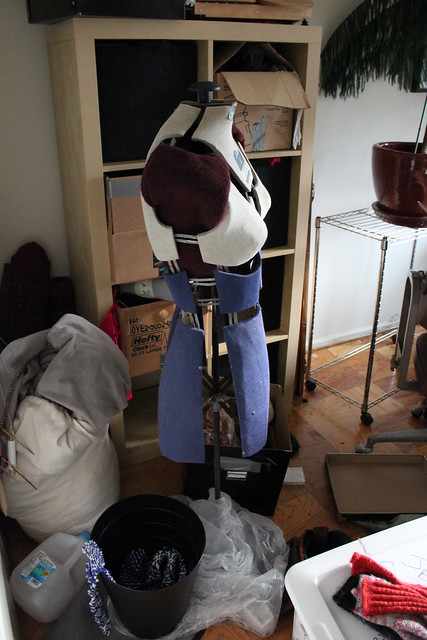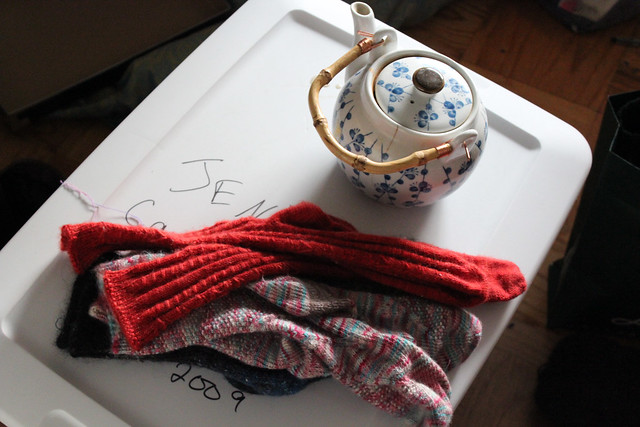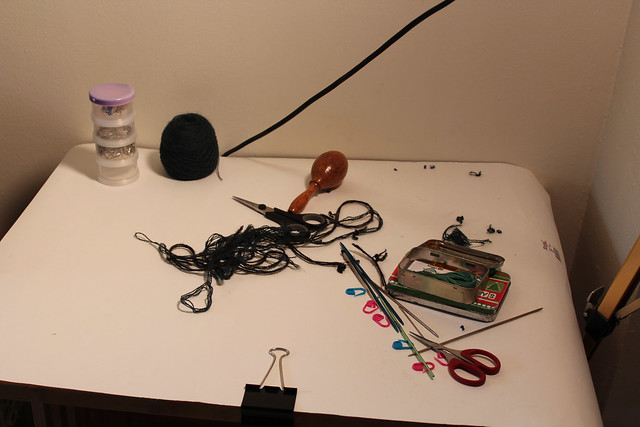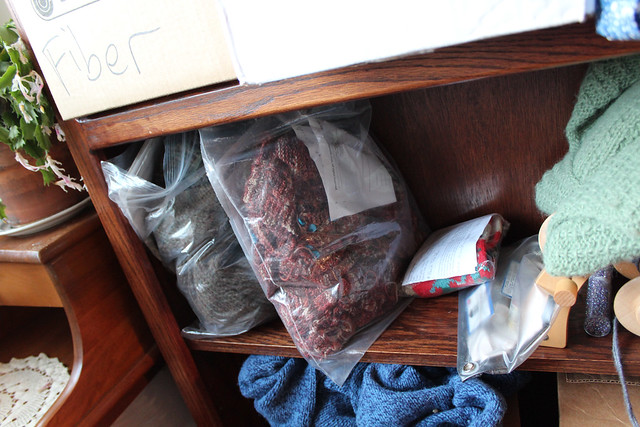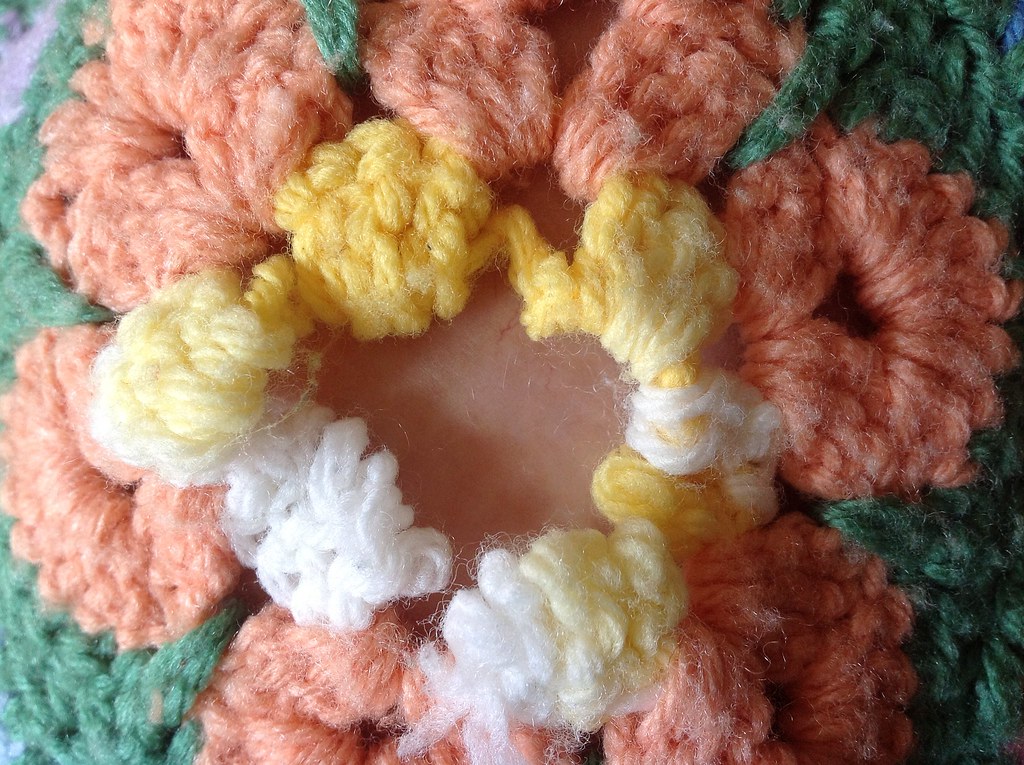Today we have a quick little blog post that I’ve been meaning to do for a while, but haven’t quite gotten around to! I thought it’d be the perfect thing to start out our week: a tutorial on weaving in really bulky yarns. I think it’s a helpful finishing technique for both knitting and crochet.
What am I going to be talking about? Well, weaving in ends. Now, I know weaving in ends isn’t everyone’s cup of tea, and I totally understand. It’s one of the reasons I offer finishing services. But for those of you who like to sweat the details, weaving in ends can be an important part of finishing a project.
Today’s little tutorial is specifically about weaving in really bulky yarns, which can be hard to pull through the fabric. Now, this trick only works for plied yarns, but it’s a nice thing to have in your arsenal.
Onward!
- First, we’re going to want to take the tail that we plan to weave in above. See how it’s plied together – that is, it’s got multiple strands all twined around each other? We’re going to separate those out. You’ll want to do it by twisting the yarn in the opposite direction it’s twisted together, so the individual strands start standing out from one another. Once you’ve got one you can grab, pull it from it’s neighbors, until you’ve got them all separated like this:
- Now that you’ve got the plies separated out, get a sharp-pointed needle and thread one of the plies onto the needle. Like this:
- Make sure the other ends are out of the way, and now, weave in the end. Do the same with the other strands of the yarn.
- Finally, trim your ends away as close as you can to your project without cutting anything.
Do you have a favored method of weaving in ends, or a finishing technique that you love to share with others? Tell me about it in the comments! I love hearing from you!






